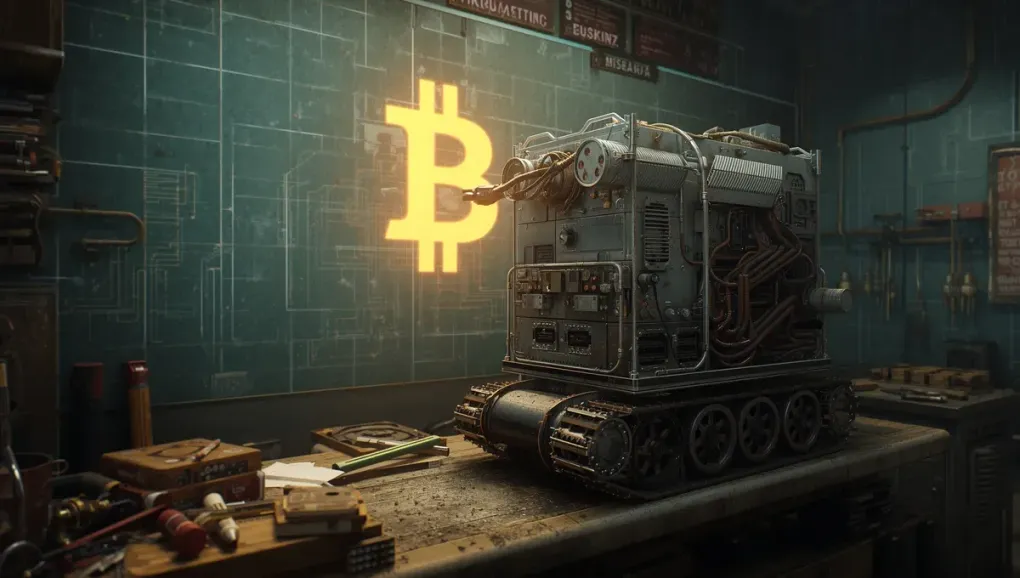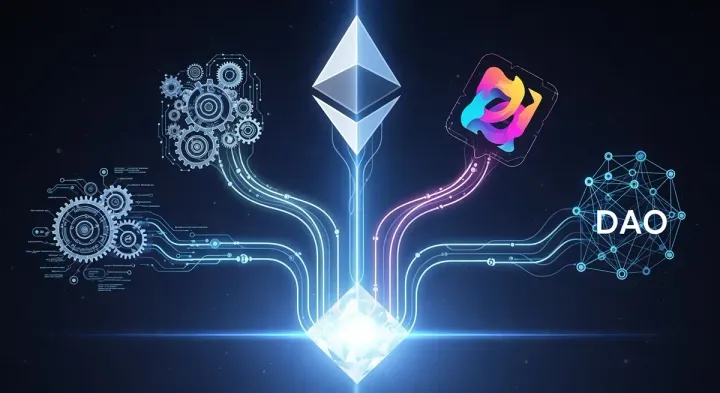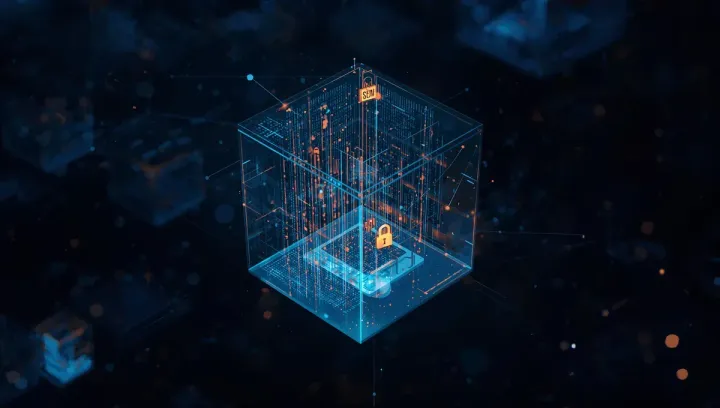
Block's 10-Year Bitcoin Rig: A Radical Bet Against E-Waste
Let’s be honest: the hardware industry runs on a cycle of planned obsolescence. Your phone, your laptop, and especially your high-performance computing gear are designed with a built-in expiration date. In the world of crypto mining, this is amplified to an extreme. Rigs are often considered ancient after three to five years, destined for a landfill.
That’s why the latest announcement from Jack Dorsey’s Block is so interesting. They’ve introduced the “Proto Rig,” a modular Bitcoin mining system with a target lifecycle of ten years.
A Radical Bet Against E-Waste
This isn’t just an incremental improvement; it’s a fundamental challenge to the industry’s status quo.
The core idea is simple and, frankly, beautiful in its common sense. Instead of tossing an entire multi-thousand-dollar unit when it’s no longer efficient, miners can simply swap out the individual hashboards. Block claims this could cut upgrade costs by up to 20% per cycle. It’s a design philosophy focused on longevity and sustainability, not just raw, immediate performance.
More Than Just Greenwashing
I’m immediately skeptical of any corporate “green” initiative, but this one feels different. It’s not about carbon credits or vague promises; it’s a tangible engineering decision with clear economic and environmental benefits. As Kadan Stadelmann from Komodo Platform pointed out, the industry is dominated by “monopoly hardware producers” who profit from forcing miners into constant, expensive upgrades. Block’s open-source, modular approach is a direct shot at that model.
This is about more than just reducing e-waste. It’s about democratizing the physical layer of the Bitcoin network. By lowering the long-term capital expenditure, it could make mining more accessible and resilient. It’s a move that, as Stadelmann says, “aligns with Bitcoin’s original decentralized ethos.”
The Vision for a Decentralized Future
Of course, the challenges are immense. Will the modular design compromise on peak performance? Can the chassis and power components truly withstand a decade of continuous, high-heat operation? And can Block compete on price and efficiency with giants like Bitmain, who have perfected the art of mass-producing powerful, if disposable, machines?
What I find most compelling is the vision. While some mining firms are pivoting to AI and HPC to chase revenue, Block is doubling down on making the core infrastructure of Bitcoin more robust and sustainable. They’re playing a long game, betting that a well-designed, durable, and open system will ultimately be more valuable than a closed one that burns out in a few years.
In an industry often criticized for its short-term thinking and environmental impact, this is a refreshing, opinionated take on hardware design. The Proto Rig is a statement. It says that we can build powerful things that are also built to last. I, for one, am here for it.


